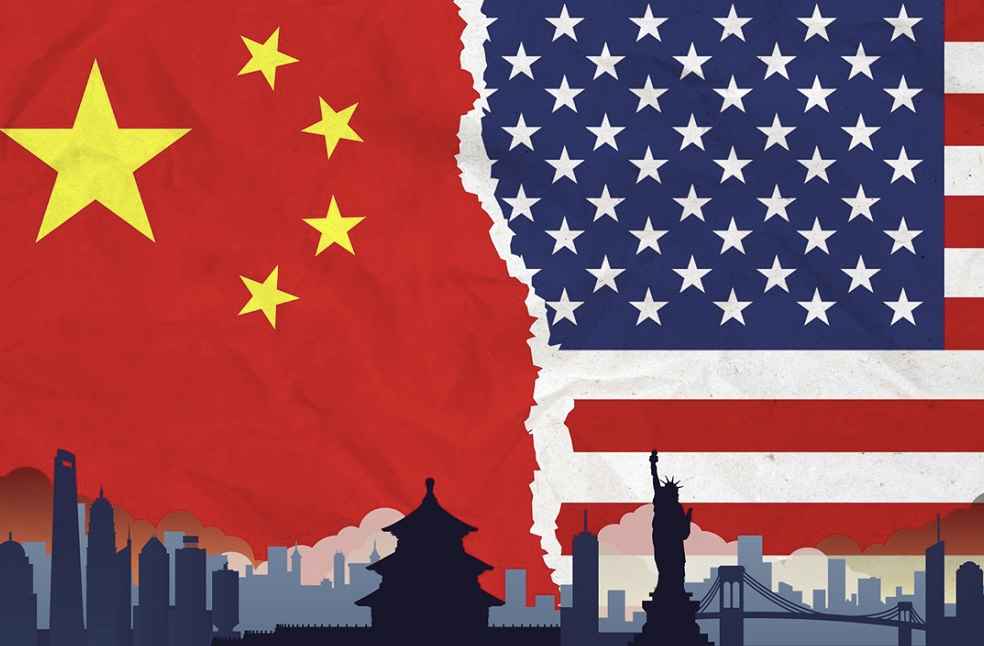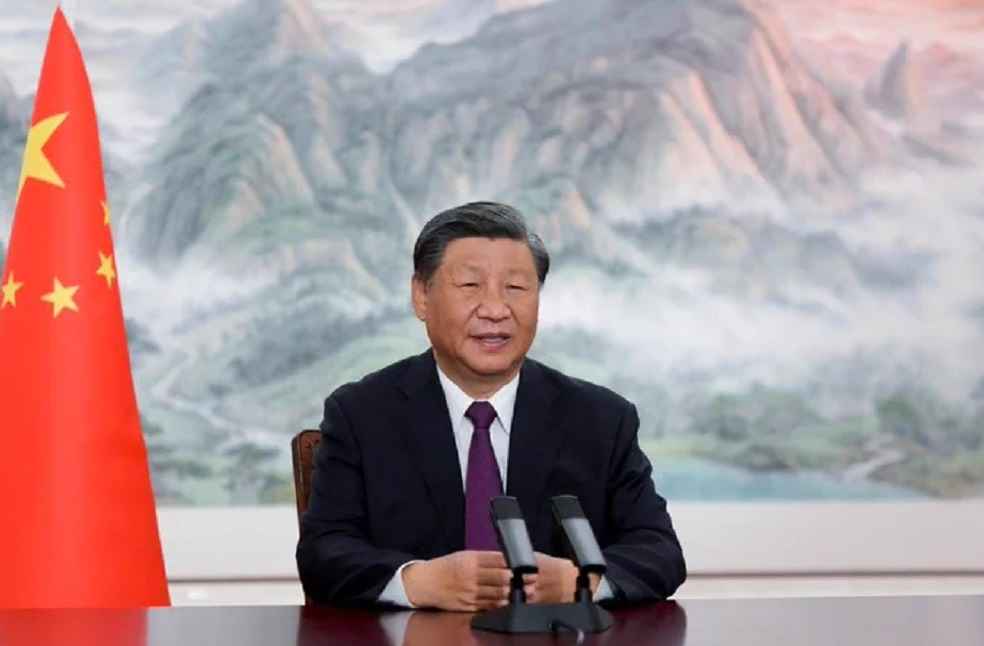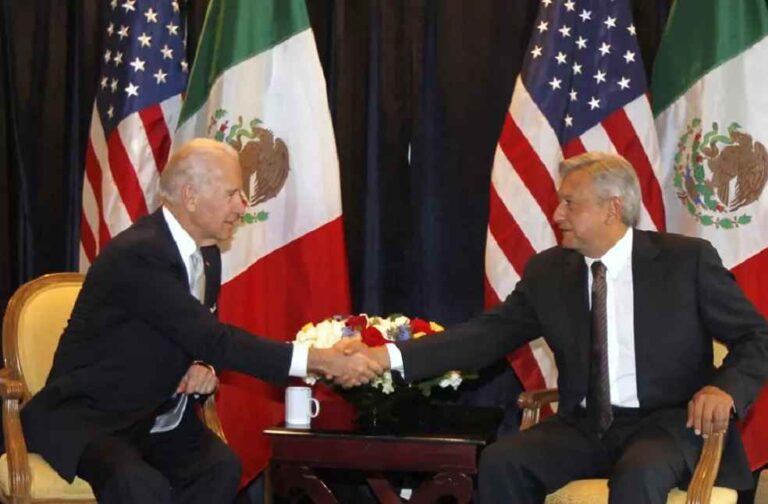Mexico vaulted over China to clinch its position as the primary source of imports to the United States. This development signals a reconfiguration of international commerce trajectories, spotlighting the interplay between global supply chain patterns and the macro geopolitical forces that shape trade policies.
Recent data unveiled by the US Commerce Department, as reported by the Associated Press, illuminates a significant uptick in goods transported from Mexico to the US, surpassing $475 billion in 2023, marking an approximate 5% increase. Conversely, the influx from China contracted sharply by 20%, settling at $427 billion. This reversal, marking Mexico’s ascendancy over China as the foremost supplier of US imports, represents an unprecedented development in the annals of the past two decades.
The backdrop to this trade realignment is multifaceted, rooted in the escalating tensions between Washington and Beijing. Initiatives launched by the Trump administration, perpetuated under President Biden, aimed at curbing trade imbalances and addressing apprehensions regarding China’s trading conduct through tariffs, underscore a bipartisan resolution to diversify trade affiliations and minimize reliance on China.

The emergence of ‘friend-shoring’—sourcing from allied nations—and ‘reshoring’—relocating manufacturing back to the US—reflects a strategic pivot amidst the fraught US-China economic relations. This move is a part of a comprehensive strategy to address the vulnerabilities revealed by the COVID-19 pandemic’s disruption of global supply chains, propelling companies towards suppliers proximal to the United States, a strategy dubbed ‘near-shoring.’
The narrative of increased imports from Mexico is complex and multifaceted. Some Chinese manufacturers have responded by establishing operations in Mexico, exploiting the duty-free trade privileges accorded by the US-Mexico-Canada Trade Agreement. This strategic adaptation indicates a nuanced evolution in trade strategies as businesses navigate the shifting economic terrain.
Derek Scissors, a China expert at the American Enterprise Institute, notes a marked reduction in imports from China, especially in sectors fraught with political sensitivity such as computers, electronics, chemicals, and pharmaceuticals. This trend reflects a cautious stance towards Beijing’s economic policies under President Xi Jinping. Stringent COVID-19 lockdowns and counterespionage actions targeting foreign enterprises have spurred a reevaluation of China’s role as a dependable trading partner.

Scissors posits that this alteration in import dynamics could signify a durable change, propelled by a reassessment of reliance on Chinese goods amidst expanding geopolitical and economic considerations.
As the US trade deficit with the world contracts by 10%, totaling $1.06 trillion in the past year, the evolving landscape of international trade unveils the contours of future global economic relations. Mexico’s emergence as a leading import source to the US reflects the adaptability of global supply chains and the strategic recalibrations responding to the 21st century’s challenges and opportunities.
BUSINESS GENERAL | US-China Trade Talks Heat Up: A New Dawn in Economic Cooperation?



